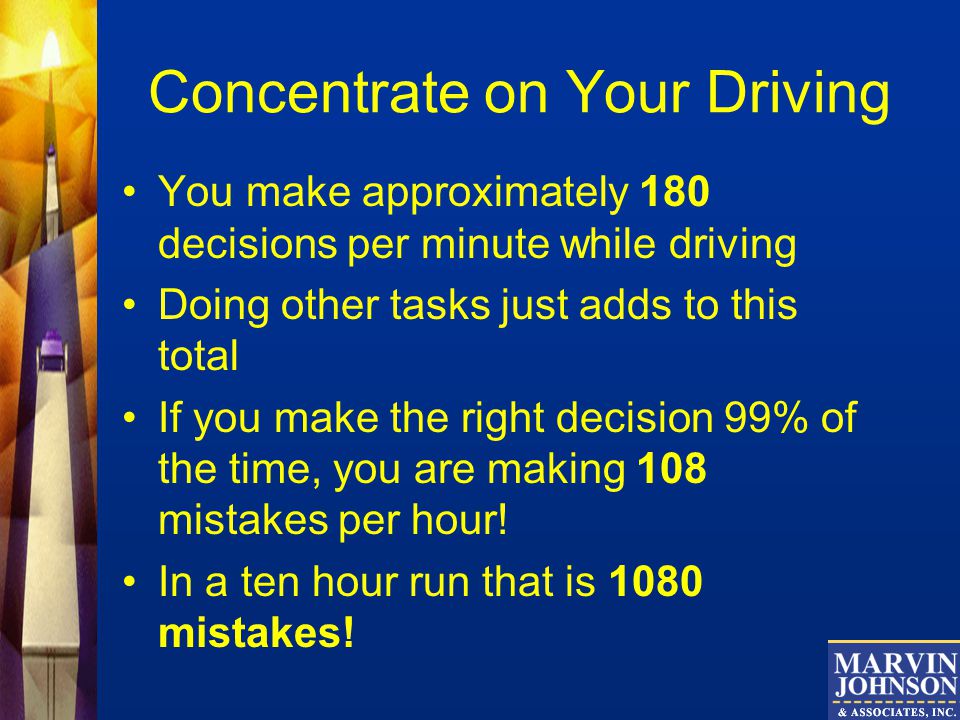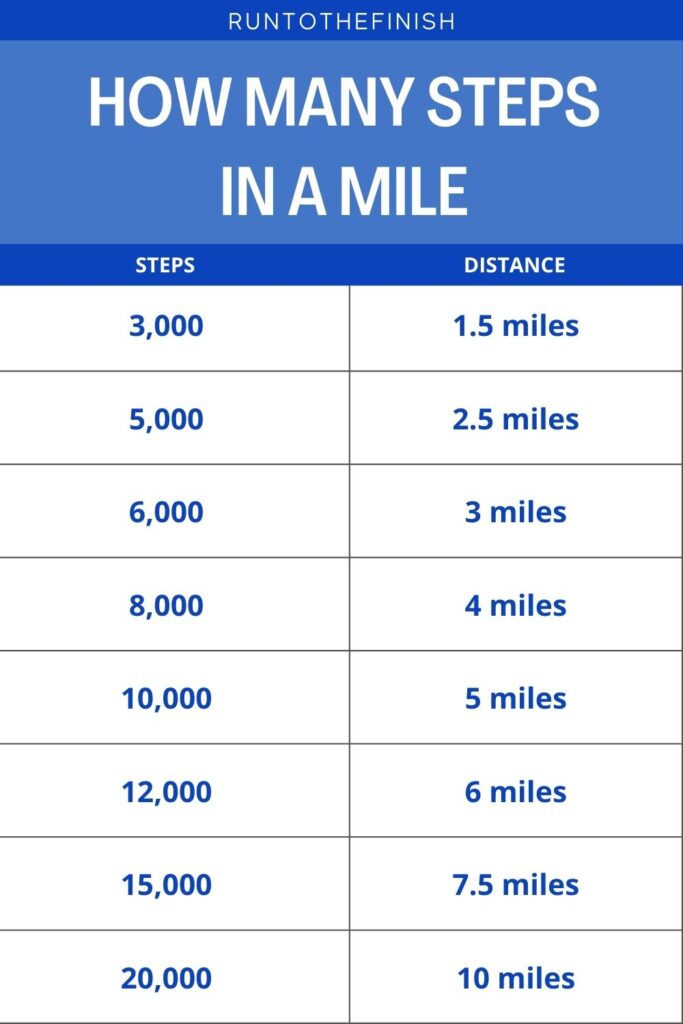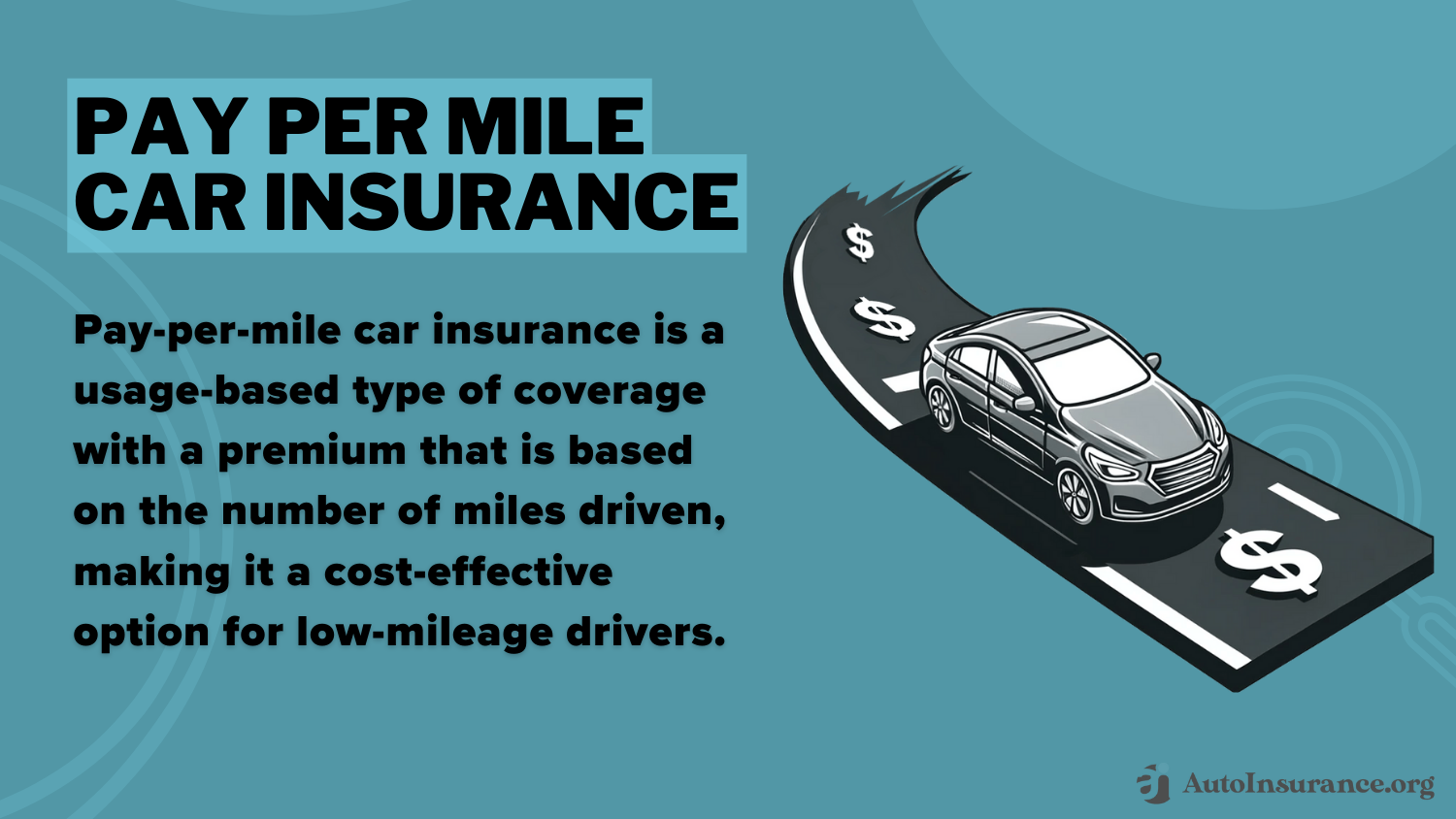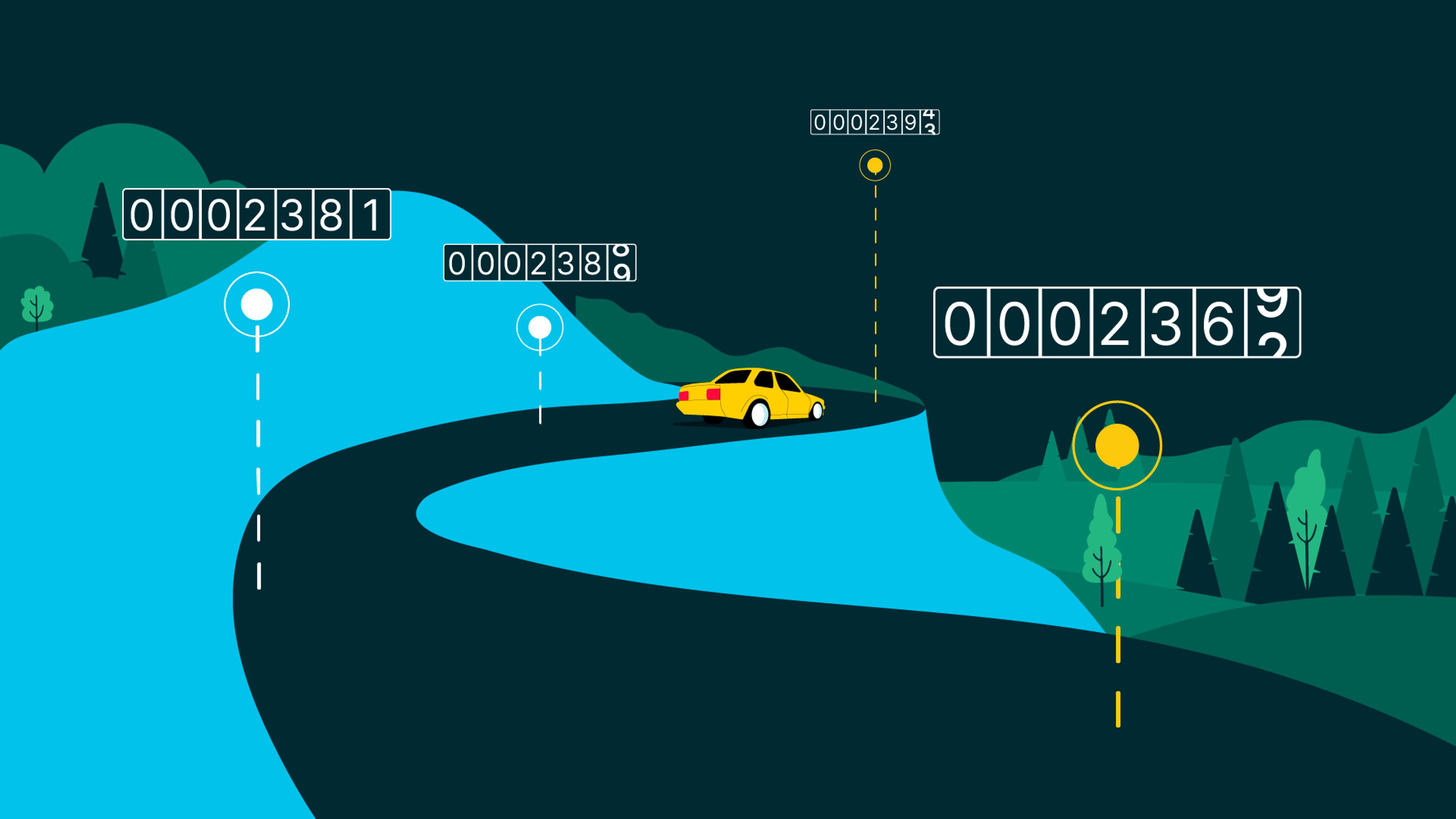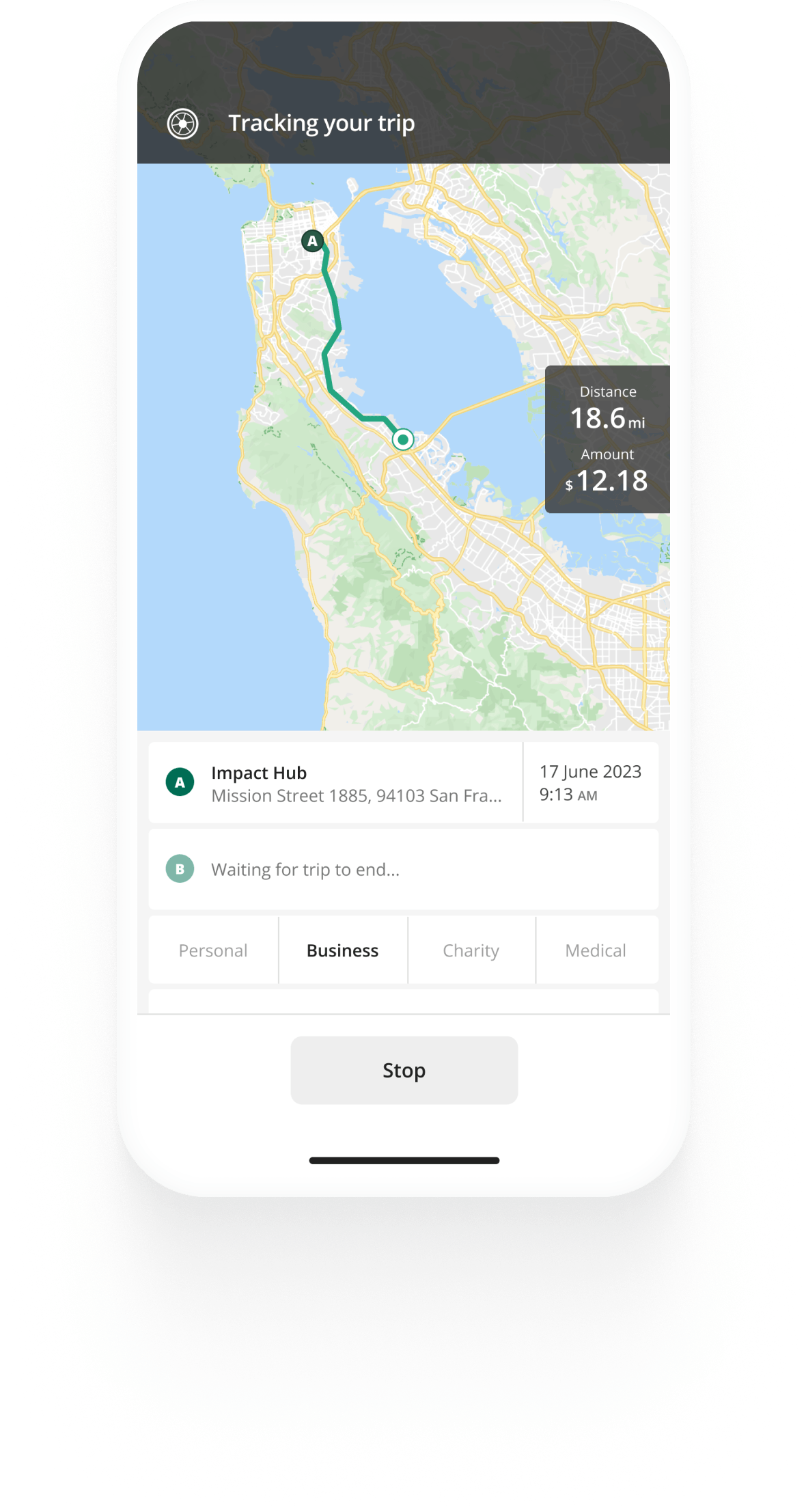During Each Mile You Drive You Make Approximately

Urgent safety alert: Every mile driven carries a hidden cost far beyond fuel and maintenance. New data reveals the startling number of decisions drivers make per mile, highlighting potential risks and demanding immediate attention.
This article breaks down the data, exploring the sheer volume of cognitive demands placed on drivers. The aim is to inform and hopefully reduce accidents stemming from decision fatigue and inattention.
The Numbers: Decisions Per Mile
Recent studies from the Highway Safety Research Institute at the University of Michigan indicate drivers make an estimated 50 to 60 decisions per mile. This startling figure underscores the intense mental workload required for safe driving.
These decisions range from the seemingly mundane – adjusting speed, maintaining lane position – to the critical: reacting to sudden obstacles, anticipating other drivers' actions, and obeying traffic signals.
Dr. Evelyn Hayes, lead researcher on the Michigan study, emphasizes the cumulative impact: "It's not just the number, it's the constant need to process information and react appropriately that leads to fatigue and errors."
Factors Influencing Decision Load
Several factors influence the number of decisions a driver makes. Urban environments, characterized by dense traffic, pedestrians, and frequent intersections, dramatically increase decision frequency.
Adverse weather conditions such as rain, snow, and fog add complexity. Drivers must make adjustments for reduced visibility and compromised road grip.
Distractions, including mobile phone use, in-car entertainment systems, and even passenger conversations, further burden cognitive resources. These compete for attention, impairing the ability to make sound judgments.
Who is Affected?
Every driver is affected. The implications are particularly profound for novice drivers who lack experience and haven't developed automated responses to common driving scenarios.
Professional drivers, such as truckers and delivery personnel, are also at elevated risk. Their long hours and demanding schedules contribute to fatigue and impaired decision-making.
Older drivers, with potential declines in cognitive function and reaction time, face additional challenges in handling the high decision load.
Location, Location, Location
Decision density varies geographically. Major metropolitan areas like New York City and Los Angeles present far more complex driving environments compared to rural highways.
Intersections are decision hotspots. Every intersection requires evaluating traffic flow, yielding to pedestrians, and obeying traffic signals.
Construction zones pose unique challenges. Drivers must navigate lane closures, reduced speed limits, and unexpected obstacles. According to NHTSA, fatalities increase by 10% at construction sites.
When Do Errors Occur?
Errors are most likely to occur when drivers are fatigued, distracted, or under stress. These conditions impair cognitive function and increase the likelihood of lapses in judgment.
Peak traffic hours, when drivers are already stressed and rushed, create fertile ground for accidents. The increased density amplifies the potential consequences.
Late-night driving also carries added risks, due to fatigue and reduced visibility. Studies indicate that fatal crashes are 3 times more likely at night.
How Can We Mitigate the Risks?
Education and awareness are crucial. Drivers must understand the mental demands of driving and take proactive steps to mitigate the risks.
Eliminating distractions is paramount. Put away mobile phones, avoid adjusting in-car systems while driving, and minimize passenger interactions.
Prioritize rest and avoid driving when fatigued. Taking breaks on long journeys is essential for maintaining alertness.
Advanced Driver Assistance Systems (ADAS), such as lane departure warning and automatic emergency braking, offer valuable support. These technologies can help compensate for lapses in attention.
Companies are starting to implement employee training programs and monitor systems for driving behavior. The ultimate goal is a safer driving experience for everyone.
Next Steps
The National Highway Traffic Safety Administration (NHTSA) is launching a new public awareness campaign to highlight the dangers of distracted driving and promote safe driving habits.
Further research is needed to quantify the impact of specific distractions and develop targeted interventions. This research must be funded with urgency.
Law enforcement will increase patrols and crack down on distracted driving violations. The goal is to deter risky behavior and hold drivers accountable.




